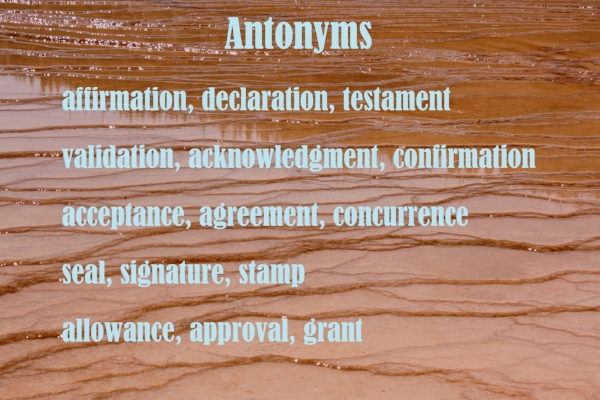When you are in the throes of querying or submission, rejection can play mind games with you, so I figured why not write a post about rejection this month?
Let’s talk about rejection.
It comes at many levels.
Querying/Submitting manuscripts (short stories, novels/novellas, chapter/picture books, etc.), at agent or editor level,
Entering contests (many Twitter-related),
Applying for grants/fellowships/writing opportunities,
Providing your manuscript to a beta reader or critique partner and they annihilate it,
Submitting to jobs related to writing.
And many more!
Per Merriam-Webster (one of my favorite websites), the definition of REJECTION is:
a. an immune response in which foreign tissue (as of a skin graft or transplanted organ) is attacked by immune system components of the recipient organism
Okay, okay. As a trained immunologist, I was compelled to keep that definition above. But the one I sought is below.
b. The action of rejecting : the state of being rejected, or something rejected
Digging deeper: reject = to refuse to accept, consider, submit to, take for some purpose, or use. Unwillingness to accept something asked for. And Merriam-Webster even lists the example: “To reject a manuscript.” Ah, there we are.
I do love a good thesaurus, be it a writer's help guide or the regular old kind. Let's check out some synonyms for "rejection." Ouch. How about we toss those words down into that bubbly hot spring, shall we? Even if that beauty is called Morning Glory Pool (Yellowstone National Park) and is an exquisite sight.
Let's toss those synonyms into the depths of Morning Glory hot spring!
Photo by Jean M. Grant
Moving on to antonyms. Those are a bit more uplifting so instead of letting them sizzle inside a geothermal hot bath, we’ll let them rise on the warm muddy surface of Grand Prismatic Spring (Yellowstone National Park).
Bring on those happier words! And the muddy surface of Grand Prismatic Springs, Yellowstone National Park.
Photo by Jean M. Grant
There are some enlightening words in that antonym box. Validation. Acceptance. Approval. Isn't that what we seek as authors? Don't we wish for that magic seal of approval stamped on our shining manuscript after we send it off to an agent or editor/press? Yes, we love our work. Our best friends love our work. Yes, we do write for ourselves. But, we do also write to get published, and we write the reader's enjoyment, too.
Like those hot springs, the surface to publication success is delicate. One wrong step, and down into the hot bubbly abyss you go. But if you can hover on the top, the heat is turned up...and you're okay.
How do we pull ourselves out of the heat and rise up for a warm bath instead? How do we keep our cool?
The road to publication is paved with rejection. Some authors print all their rejections and line their entire floor’s square footage with it. Stephen King used to tack his rejections to the wall. What do I do? I made a spreadsheet! I even color-coded it:
Yellow: pending response (due to volume of submissions, many agents provide a timeline [sometimes] and say a “no response equals a no”). So when I first query, that entry gets highlighted yellow.
Green: positive response! The agent or editor asked for a partial or full. (insert dances and nervous checking of gmail five times a day!)
Red: where most of the queries end up. Rejection.
A bit blurry, but you get the point. Agent names have been deleted. But here is one of my many spreadsheets I created for each project and the querying status. Agent name, their specifications, turn around/info, date of submission, and response (if any).
40 rejections. 1 yes. It only took one.
With A Hundred Kisses, I began writing in 2012-2013. After 6 months of writing, 6 months of initial beta feedback and revision, I began the querying process. During this time, I added a lot of red to that spreadsheet. In addition to thickening my skin , I also revised, again and again. I met with agents at conferences. I focused on the feedback that came with some of those rejections. I re-sent to betas. Finally, it was more ready. But instead of sending to agents, I took a leap and submitted to two small romance presses. One said yes. And there is my happy-ever-after, folks! Granted, it was not the traditional agent-editor/publisher path, but I am very happy with it. From start (writing, 2012) to finish (contract, 2016), the process for that book took 4 years. Disclaimer: A Hundred Kisses was my fourth book written. The other 3 hang out in a closet somewhere and are learning experiences in writing and querying.
The red sometimes gets to be too much when you see rows of it glaring at you on the screen. So with my current work I'm querying, I changed it to a pretty lavender instead. That's a bit more soothing. My current work is women's fiction and I'm going the red route again - agent to editor. Given my happy experience with The Wild Rose Press, I'm also about ready to send my editor the prequel to A Hundred Kisses after a bit more revision and beta-reading. And if all goes well (and she says yes!), then I plan to work on a third book to turn those romance books into a trilogy.
So what do I do when rejection gets me down?
Realize rejection is part of the journey
Maybe take a day or two to be sad, eat more ice cream or binge watch The Price is Right or The Walking Dead (those characters can definitely make you feel better about your situation)
If given feedback, glean from it. What did the agent/editor say about my story that is in my control to change?
Revise more
Query more
Take a break
Write something else
Keep at it
Rinse and repeat the above steps





